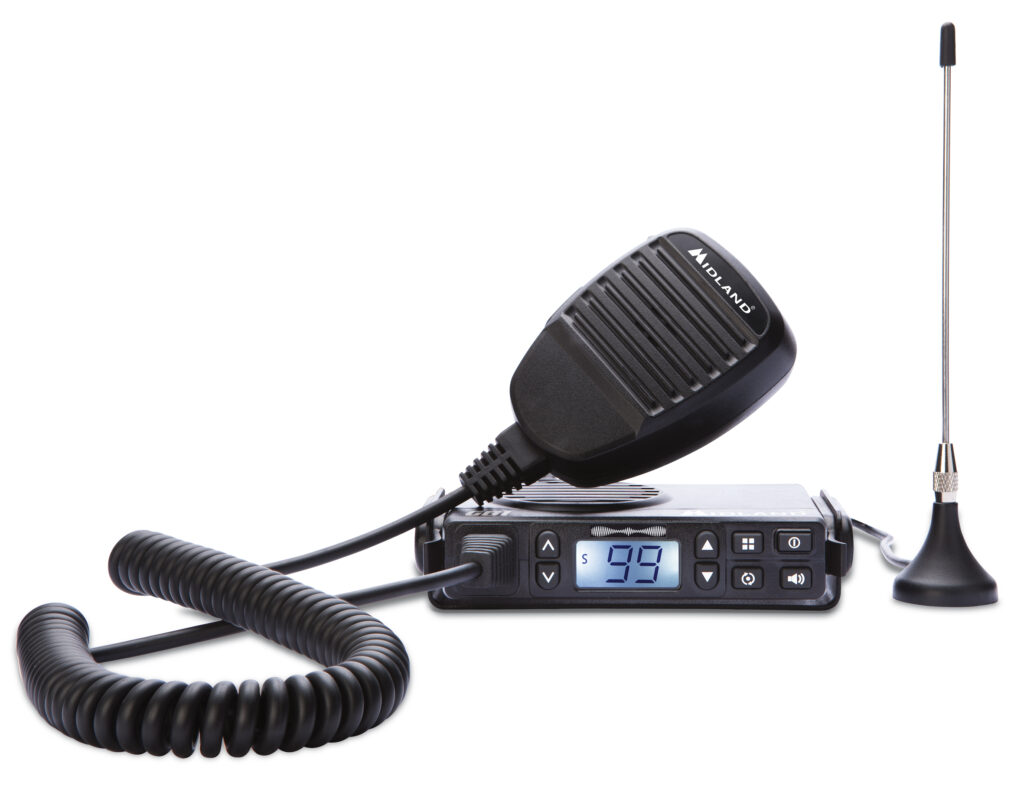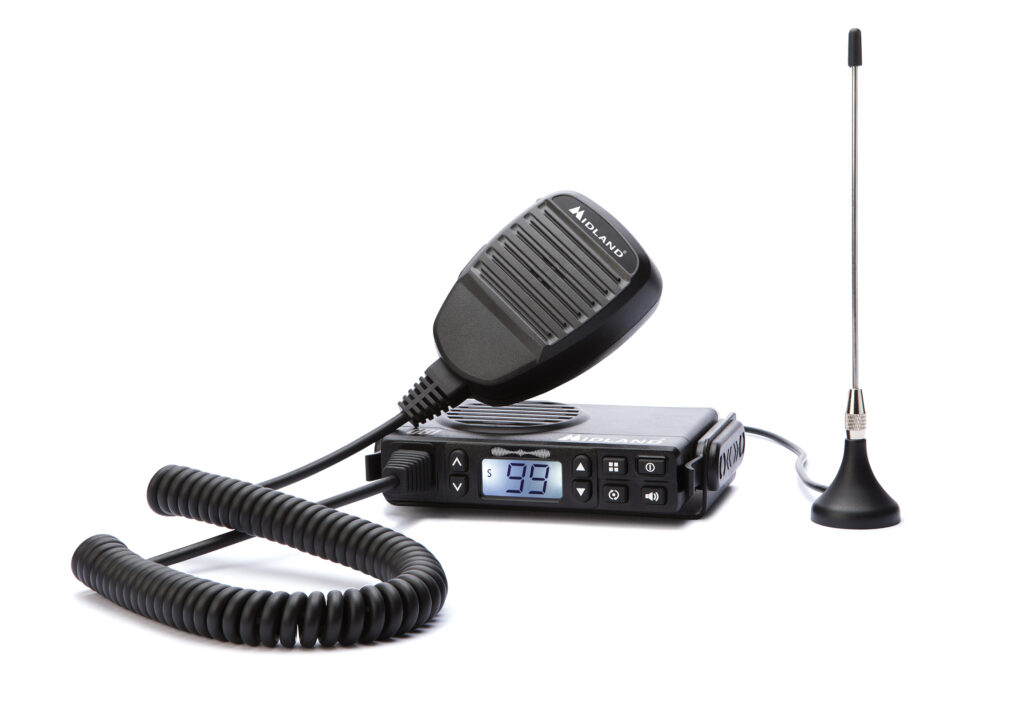
USA vs EUROPE
In the USA it is the FCC that rules the world of communications for all 50 states. In Europe we have the European Union, that are 28 National States. The EU is managed by the European Commission (EC). In the EU the kind of ‘FCC-department’ is called the “Directorate General for Communication-networks and Technology (CNET)”.
It might look the same structure but the difference is really big. Where the FCC has the complete power in all the US states, the European Commission can make Directives . The national governments have to implement the Directives as national laws. Can you imagine a European Directive written in English or French and translated by 28 national bodies in their own language….
Yes that often results in a ‘fight’ about the meaning of content of the Directive and meaning of national translations.
In our industry we have a ‘nice’ example for this struggle. There is a European Directive for the so called PMR446 regulation. It can be compared with USA radio’s for FRS or GMRS. The directive tells us the equipment for PMR446 needs to have a fixed antenna. So basically the idea was to have small portable radios, walki talkies, operating on 8 channels in the 446 MHz band.
THE EUROPEAN WAY
To put such a radio on the market the manufacturer needs a Document of Compliance. An accredited laboratory investigates such a product and if it is complying with all the applicable rules they give a Declaration of Conformity. In short this is the way to act when bringing radio’s on the European market with the necessary CE or CE! ( CE-alert) sign. So manufacture according to the technical specs of the directive and ETSI norms, have it tested by an accredited laboratory, get the necessary paperwork done for CE and you are in business!
MIDLAND GB-1
This was exactly what Midland did when they put the Midland GB-1 on the market. A portable radio with a fixed antenna. The antenna was fixed with a cable to the radio. The test lab saw no problem, it was according to the Directive, the antenna was fixed and not detachable.
The Midland GB-1 came on the market with all the necessary markings for CE, that is a CE sign and a listing of the countries for which applicable.
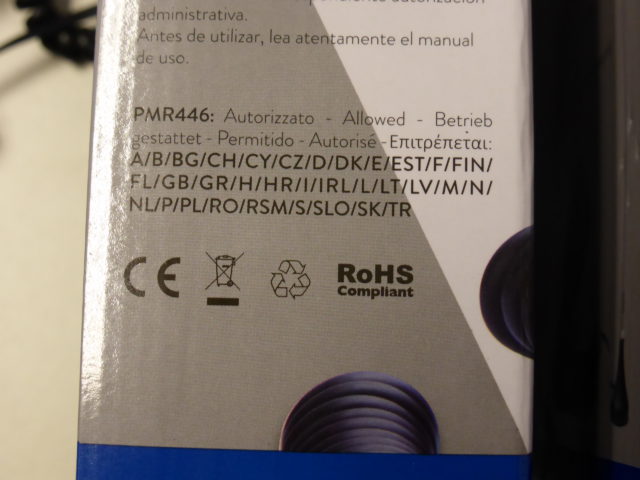 Photo: A dark shadow is already hanging over the listing of all EU-countries (some non-EU countries also adapted EU-laws)
Photo: A dark shadow is already hanging over the listing of all EU-countries (some non-EU countries also adapted EU-laws)
It did not take long before some national European Authorities saw the product in the market and told Midland “this is not according to the Directive for PMR446”. Midland told them “this is the documents from an official accredited laboratory, so what can be the problem? “.
In such a case of discussion or rejecting by a national Authority , each Authority can inform the DG of the European Commission to file a complaint. There will be a short investigation and it might result in an instruction to all 28 national Authorities “take this product out of the market”.
In the case of Midland GB-1 there was a discussion between all the national Authorities in Europe and the votes were quite divided. Countries that had no problem with the construction of this radio were: Denmark, Malta, Czech Republic, Hungary, Germany, Estonia, Slovakia, Italy, The Netherlands.
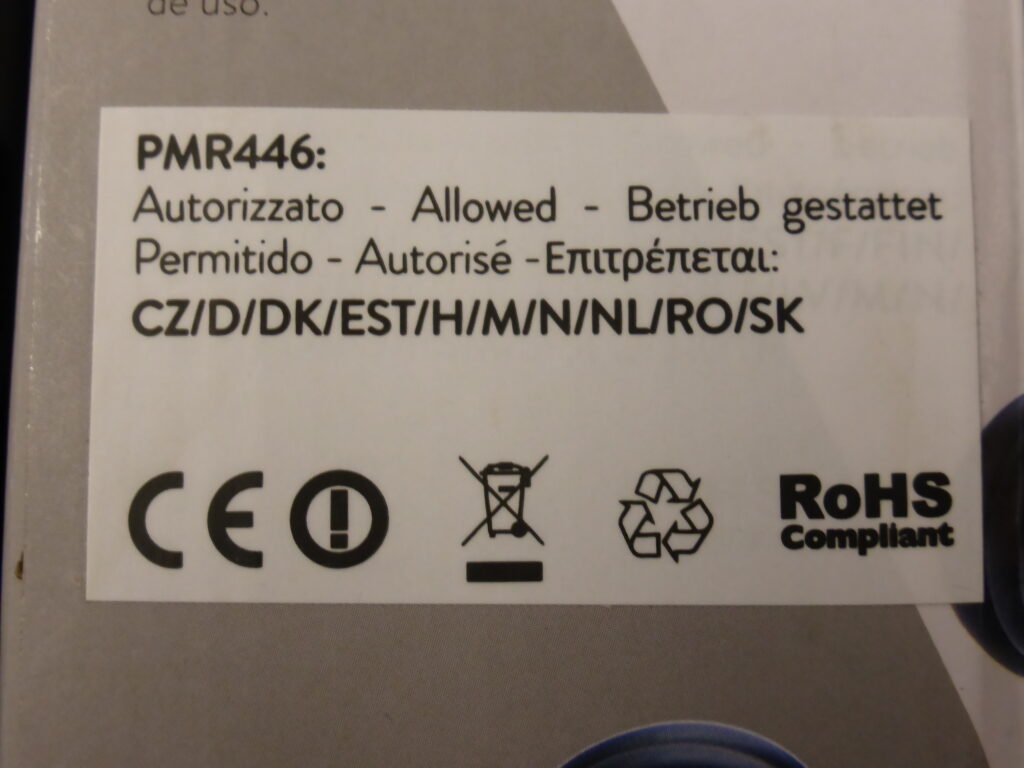
Countries’ that say “not allowed” were Croatia, Switzerland, Finland, Portugal, Norway, Austria, Belgium, Latvia, Luxemburg, France.
Some countries thought it was hard to decide and needed time to think: Bulgaria, Ireland, Sweden, UK, Greece, Poland, Spain, Cyprus, Lithuania.
Because of all the discussions in the various countries Midland had to change the paperwork for this radio and also the printing on the box. For an end-user it looks easy but for a manufacturer this is quite a big and expensive operation to make a small change like this.
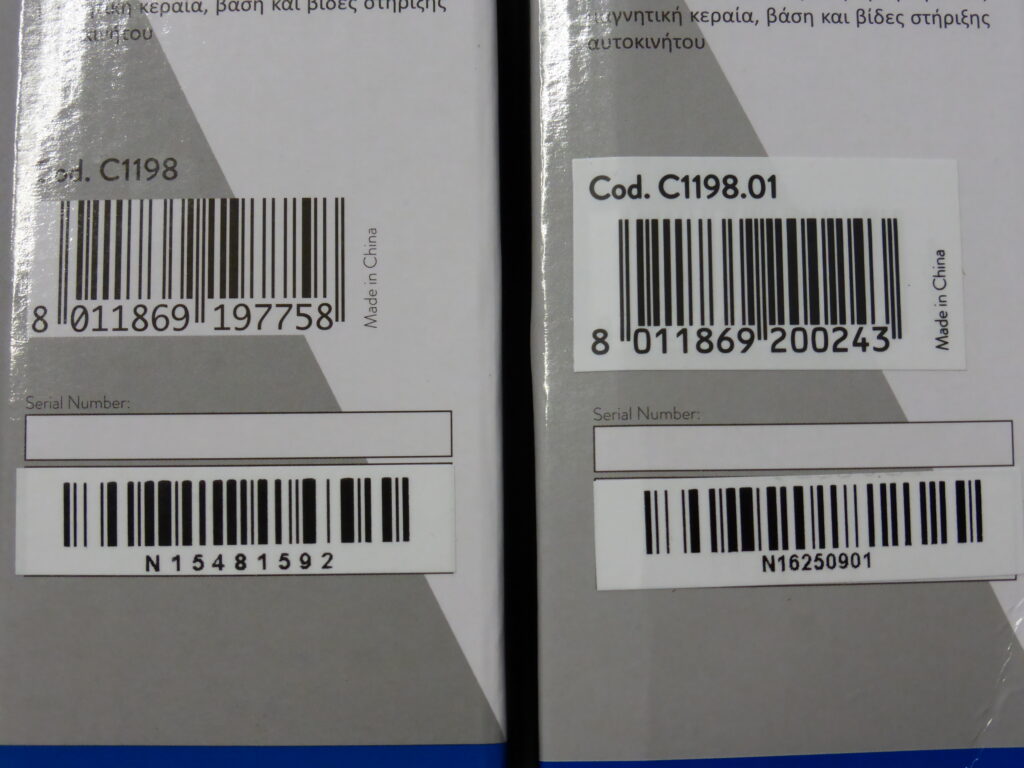
So we have a European Commission making Directives. The national Authorities have to turn these Directives in to national law. But at the end of the day the national Authorities still want to have the final word.
The case of Midland GB-1 illustrates exactly how divided Europe can be. As a European tradesman I love the European Union for all the good things achieved. I just hope that people from national Authorities will start to think more European than they do now. Or the European countries must give more power to the European Commission and European Parliament. If there is a European Directive/Law there must be a product for the complete European market and individual countries should not have the possibility to ban products from their national market.
The Midland GB-1 is a fine product, it is manufactured according to the EU standards, there is a demand in the market for this product and it should be available for the benefit of all European people.
